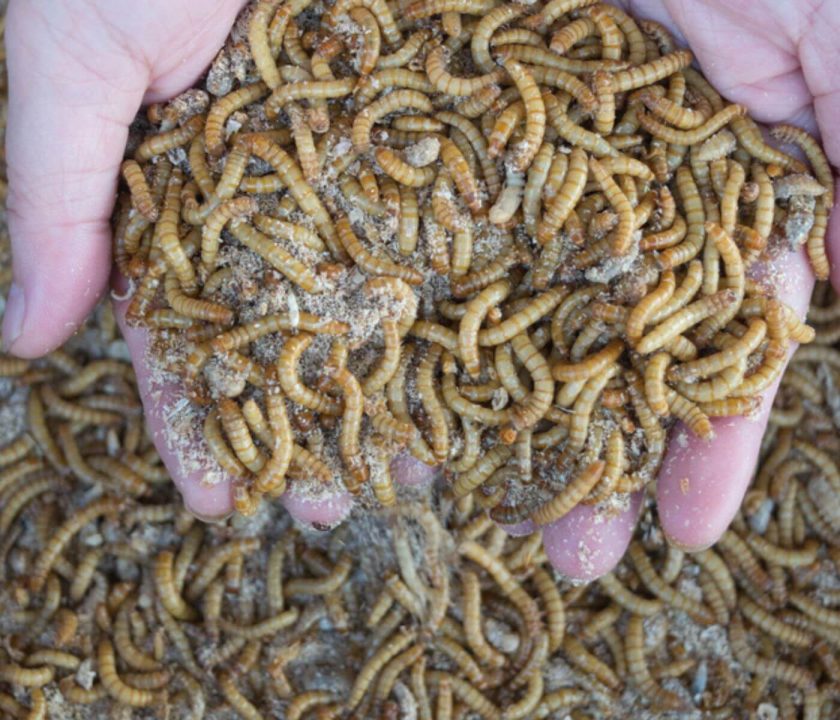Content available at: Español (Spanish)
The production of insects as a source of nutrients represents a sustainable, attractive, and adequate production alternative to satisfy the growing demand for food, especially for animal nutrition.
This a nutritional strategy that can be considered mainly by the fee industry since, compared to other commonly used foods such as meals of animal origin and soybean meal, it can provide significant amounts of proteins, lipids, and minerals, among other nutrients.
These insects can be fed with agricultural residues and organic waste. This is one of the main advantages reinforcing this ingredient’s use in animal feed.
In addition, they reduce production costs and intervene in the development of beneficial microbiota, reduce competition for food resources, and act as immunomodulators.
Currently, some studies highlight using various insect meals with the inclusion or total substitution of conventional protein sources. An ingredient that offers significant results of zootechnical interest, generating a positive impact on the productive system, for which it deserves to be highlighted.
Use of insects in poultry nutrition
The nutritional requirements of monogastric animals include higher quality and quantity of protein in the diet from a nutritional point of view. Therefore, protein sources must have a high content of this nutrient, an adequate amino acid profile, high digestibility, and good palatability without antinutritional factors (Animal Feed Resource Information System [AFRIS], 2015).
Currently, the primary sources of protein for poultry feeding and nutrition are fishmeal and soybean meal, products linked to environmental problems about the use of agrochemicals for their production that promotes environmental degradation, as well as the increase in the prices of these products due to high demand and productive instability every year due to various factors.
What has promoted the search for new nutritional alternatives?
The search for alternative and sustainable proteins is essential and needs short-term solutions, making insects
Keep up to date with our newsletters
Receive the magazine for free in digital version
REGISTRATION
ACCESS
YOUR ACCOUNT
LOGIN
Lost your password?

